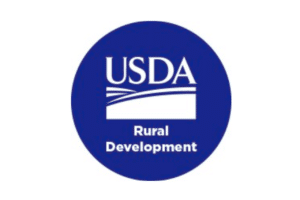From Nixon Peabody:
The Bipartisan Budget Act of 2015 has been passed by the House and Senate. The president is expected to sign the measure. Included in the measure are partnership audit reforms.
Included in the Bipartisan Budget Act of 2015, which has passed the House and Senate and is expected to be signed into law by President Obama on November 2, 2015, are provisions that are intended to unify and simplify the procedures used in partnership audits. These changes would require some changes to governing agreements between the owner entities and the investors, and sponsors and fund investors in Housing Tax Credit, as well as other syndicated transactions. The Act was passed without substantial advance notice to comment, and will require clarification through regulations, which have not been drafted. This Client Alert is intended to provide basic information and will be supplemented when more information is available.
The intent of the audit provisions is to eliminate the multiple tiers of audit and determinations in partnership transactions. Under present law electing large partnerships (i.e., over 100 partners and $100 million in assets) and their partners are bound by audit determinations at the partnership level, and any adjustments are reflected in the Form K-1s delivered to the partners for the year of the determination, not the year or years under examination. This procedure simplified both (x) IRS enforcement, since determinations would only be made on a single level, and (y) partner administration, since any adjustment would be reflected in the current K-1 delivered to the partners and each partner’s current tax return.
The large partnership provisions did not apply to other partnerships. However, under provisions in place since 1982, partnerships would designate a partner as a tax matters partner (“TMP”) who would be the partner responsible for notification of partners of audits and could enter into settlements with the Service and represent the partnership in proceedings. Under existing law, a partner would have the right to opt out of any determination and not be bound by a settlement or court determination. Additionally, adjustments are made retroactively to the years under examination, requiring amendment to those year’s returns.
The new rules would apply many of the large partnership rules to all partnerships. In place of a tax matters partner, the partnership would appoint a partnership representative who does not have to be a partner. The partnership representative would have the power to bind the partnership and all partners, unless a partner can elect out. Unless regulations are expanded, a partnership that has a partnership as a partner may not elect out. Therefore, if a syndicated fund invests in a lower tier partnership, the designation of the lower tier’s partnership representative and the rights of the partnership representative to settle or litigate will be a negotiated term, since the right of the fund and its investors to elect out may be unavailable.
The effective date for these changes is for taxable years after December 31, 2017, but a partnership may elect to have these provisions apply for any of 2015 or 2016.
In summary, the most significant impact of these provisions if enacted, are:
- The rules on who controls tax decisions for the IRS audit of a partnership are changing.
- New multi-tier deals should be drafted differently starting in 2016—to reflect the reality of who should be making these tax decisions—i.e., is the authority at the fund level or the operating entity level.
- The net effect of the new rules will be simplification because fewer amended returns and amended K-1’s will be required to reflect changes made during IRS audits. Most changes can be reflected at the partnership level in the next return filed after the audit is settled.
- Some opt-out procedures will be included when rules are published. This is intended to protect partners whose unique circumstances would cause them to be adversely affected by the new streamlined procedures



